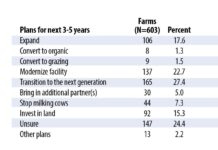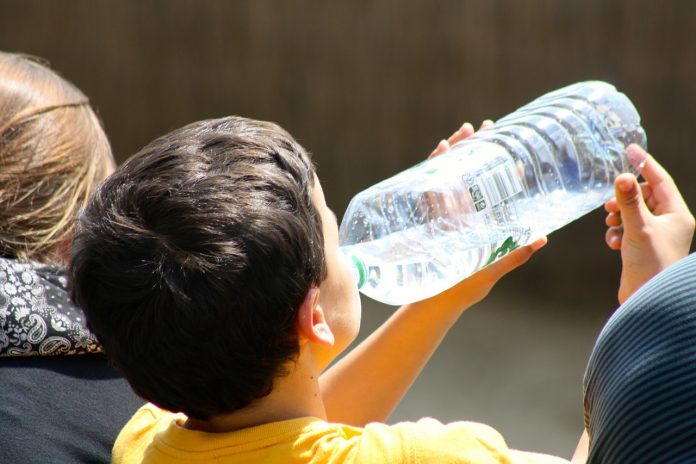By Tracy Turner | Ohio State Chow Line
“I’m trying to incorporate more water into my kids’ daily meals. What are some ways to encourage them to drink more water?”
According to a new study released this week in JAMA Pediatrics, drinking more water and fewer sugary drinks is associated with lower caloric intake in kids, teens, and young adults.
The study, which was released last week, was based on data collected from 8,400 youths ages 2–19 nationwide. The data was reported in the National Health and Nutrition Examination Surveys from 2011–2012 and from 2015–2016. The youths reported whether they drank water daily, and they reported the number of sugar-sweetened beverages they routinely drank.
The study found that about one in five of those youths said they didn’t drink any water on any given day. Skipping water was associated with drinking an extra 100 calories per day from sugary drinks including sports drinks, juices, and sodas, the researchers found.
While the study’s researchers say that the data doesn’t prove causality, they do recommend that children and young adults drink water daily to help avoid consuming extra calories from sugary drinks.
Another reason why water and other nonsugary drinks are the best options for kids and young adults is that sugary drinks have been linked to a host of health problems in both children and adults. Cavities, obesity, heart disease, nonalcoholic fatty liver disease, high cholesterol, and type 2 diabetes have all been associated with the consumption of sugary drinks.
As such, the American Heart Association says that children and young adults shouldn’t consume more than 100 calories of added sugar per day. The group further recommends that children limit their consumption of sugary drinks to 8 ounces — less than one soda can — per week.
Also, according to the 2015–2020 Dietary Guidelines for Americans, people should consume less than 10% of their daily calories from added sugars. That same source recommends that people either avoid sugar-sweetened drinks overall or at the very least, limit the number of sugary drinks they consume.
This is important considering that many youths are drinking too many sugary drinks on any given day. For instance, the Centers for Disease Control and Prevention’s National Center for Health Statistics reports that about two-thirds of kids drink at least one sugary drink on any given day. Nearly 30% drink two or more sugary drinks per day, according to a January 2017 study.
So, how can you incorporate more nonsugary drinks such as water and milk into your children’s diets? Cincinnati Children’s Hospital offers these tips:
- Limit their choices to water and milk.
- Have water or milk readily available to drink.
- Drink water or milk yourself. That way, your children will be more likely to do so as well.
- Add fresh fruits such as lemons, oranges, strawberries, kiwi, blackberries, or blueberries to your children’s water. You can add the fruits to the water for taste or freeze them in ice cubes to put into the water.
Chow Line is a service of the College of Food, Agricultural, and Environmental Sciences and its outreach and research arms, OSU Extension and the Ohio Agricultural Research and Development Center. Send questions to Chow Line, c/o Tracy Turner, 364 W. Lane Ave., Suite B120, Columbus, OH 43201, or turner.490@osu.edu.














Beverage companies see the increased water consumption noted in this study as an encouraging trend that fits into our goal to reduce beverage calories by 20% per person as we introduce more options with less sugar and zero sugar than ever before, including more waters and flavored waters. Today, 50% of all beverages purchased have no sugar.